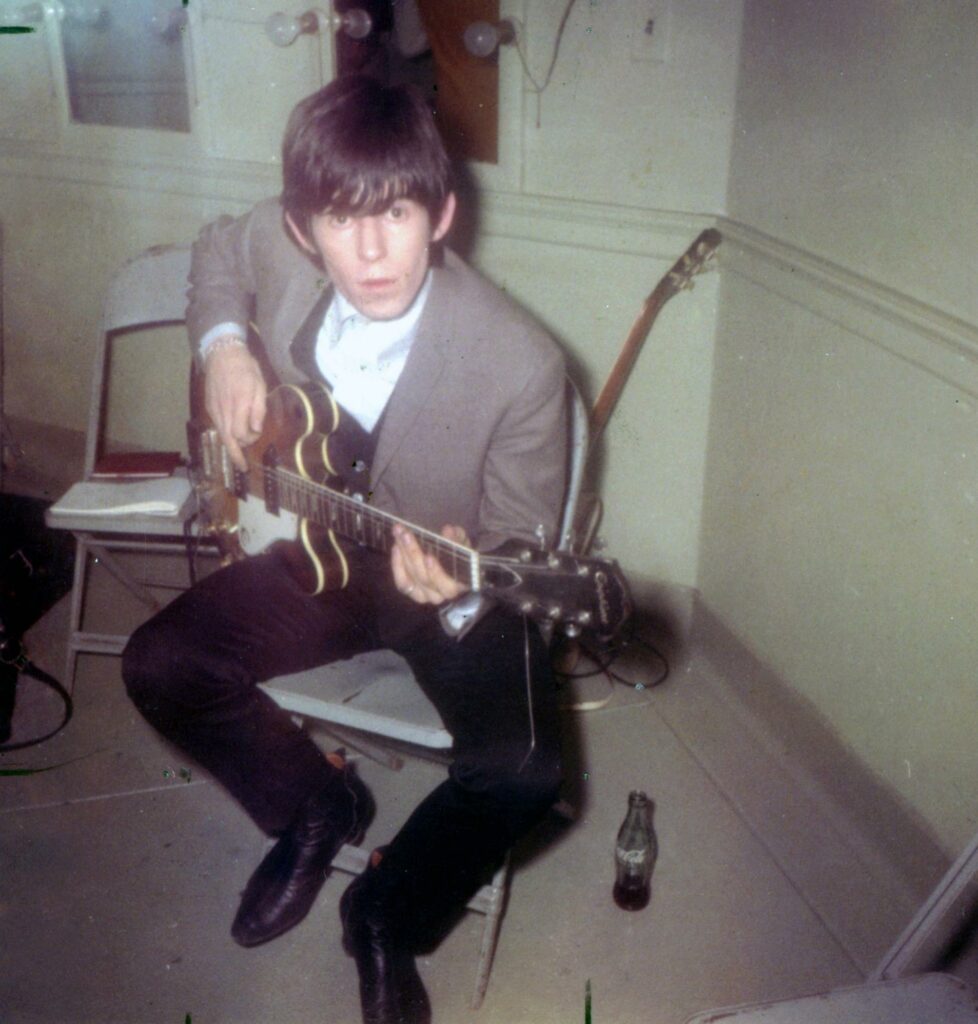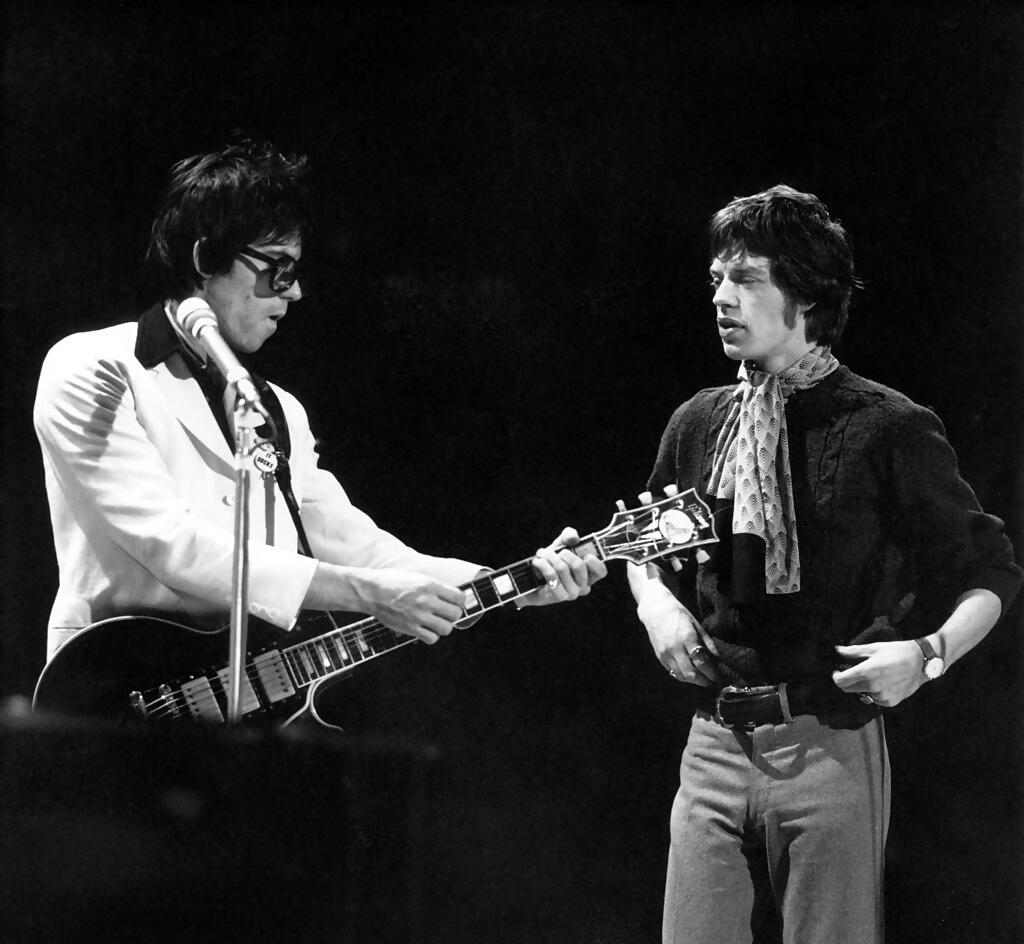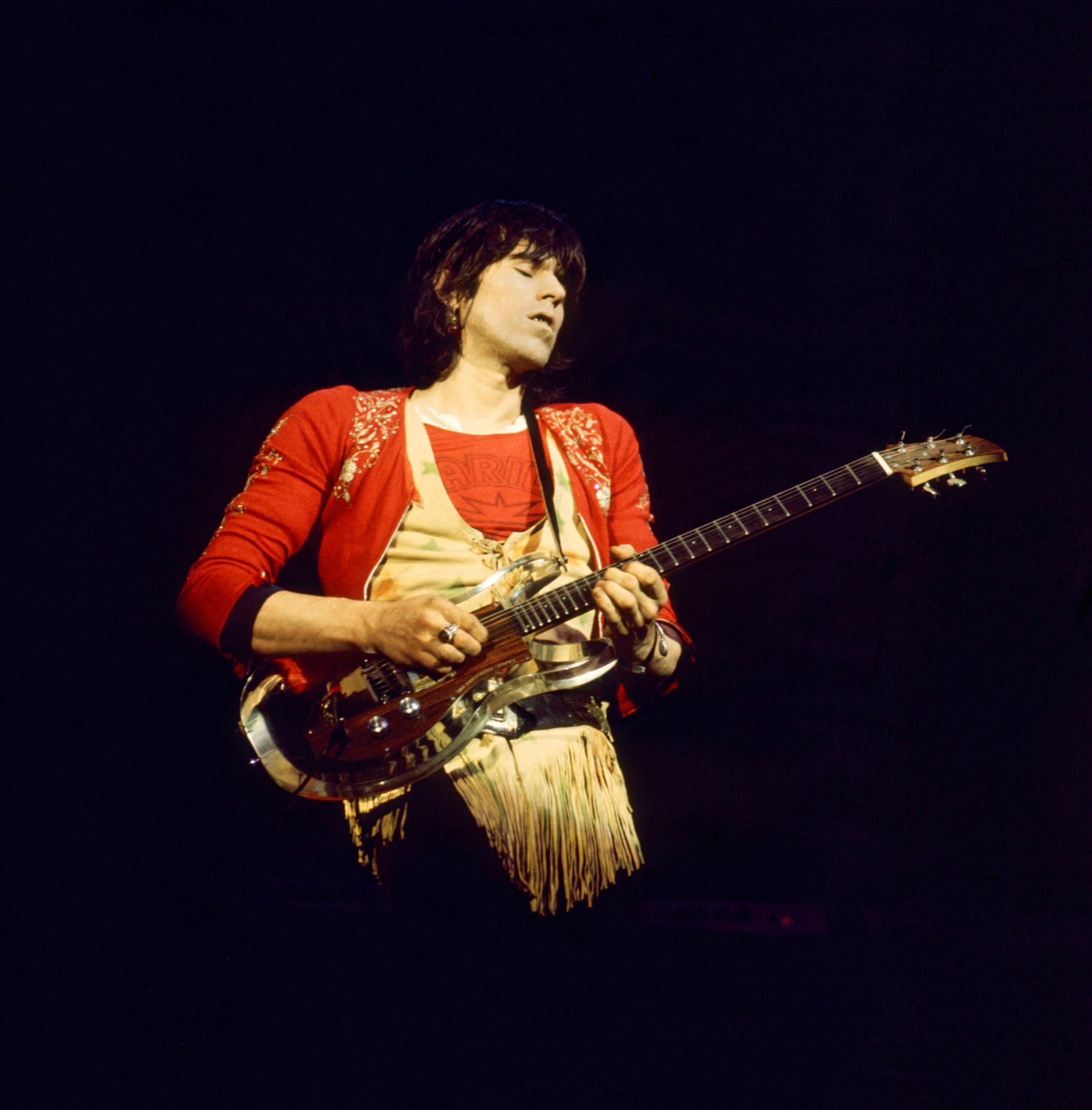It’s arguably The Rolling Stones’ most iconic song, and almost indisputably their most important, but the making of the track was actually one of pure chance. One of the most recognisable hooks in rock history almost never came to be, had it not been for Keith Richards’ talent in subconsciously writing songs.
‘(I Can’t Get No) Satisfaction’ would be born in the early hours of the morning of 7th May 1965, as the then 21-year-old guitarist would have a nocturnal epiphany in his North London flat. Richards would wake up, record the riff on a Philips cassette player, and then fall back asleep without any knowledge of doing so the following morning.
By Richards’ own account, it was a “miracle” that he even checked the cassette player, a decision spurred only by the fact that the tape was finished in the morning, even though he’d put a new tape in the night before. Curious, he rewound the cassette player to hear lots of snoring, accompanied by some very drowsy guitar playing. Richards described it as “about two minutes of acoustic guitar and a very rough riff of ‘Satisfaction’” before 40 minutes of snoring ran the tape out.
READ MORE: The time The Kinks’ Dave Davies invented three music genres with a knife
It wasn’t all that much to go on, and the reality of the song coming into existence was further put into jeopardy as the riff was played for Stones frontman Mick Jagger the following day. Richards had the acoustic riff and the lyrics that would become the title but not much else. “He only had the first bit, and then he had the riff,” Jagger would recall, “it didn’t really sound like rock.”

Yet the song started to come together as Richards developed the riff into its infamous dirty sound, using a Gibson fuzzbox to achieve the now-signature distortion. Jagger put pen to paper to write the rest of the song’s lyrics beside a pool in Clearwater, Florida, a typical process in the Jagger-Richards songwriting partnership. Richards would come up with the key concepts and riffs, and Jagger would do “all the hard work filling in.”
The first recording of ‘(I Can’t Get No) Satisfaction’ was taped just three short days after Keith Richards accidentally manifested the riff. The primitive version would air just once on American television and featured a noticeably distortion-less guitar and Brian Jones on harmonica. Two days later, on 12 May 1965 in Los Angeles, the group re-recorded the single, which is now recognised today.
READ MORE: Keith Richards’ five greatest guitar riffs
Yet the Jagger-Richards partnership envisioned a further development of the song, using horns for the riff in the same way Otis Redding later did. However, the pair were outvoted by the rest of The Stones and their management, and the final version was whisked away and prepared for release.

At the time of recording, the group were in the midst of their third US tour, perhaps an explanation to Jagger’s lyrics regarding the dichotomy of American life. Indeed, the group had received relative success across the pond, but they were yet to match an achievement they had already accomplished three times over in the UK: A no.1 single.
That all changed with ‘(I Can’t Get No) Satisfaction’. Released at the beginning of June 1965, the song became The Rolling Stones’s first US chart-topper, remaining there for four weeks and transforming the group into a global superstar.
READ MORE: From Dartford Station to Hackney Diamonds | 12 defining moments of The Rolling Stones
It was the song that set The Stones on the path to one of – if not the – greatest rock bands in history. Richards himself proclaimed it the “record of the summer of ‘65,” and later stated that its immense popularity gave the band the freedom to do “absolutely nothing” for “eighteen months at a time.” It has indeed stood the test of time, with the rock icons still playing the track in their sets today. Thank goodness Richards’ checked that cassette.
Keep up to date with the best in UK music by following us on Instagram: @whynowworld and on Twitter/X: @whynowworld









